








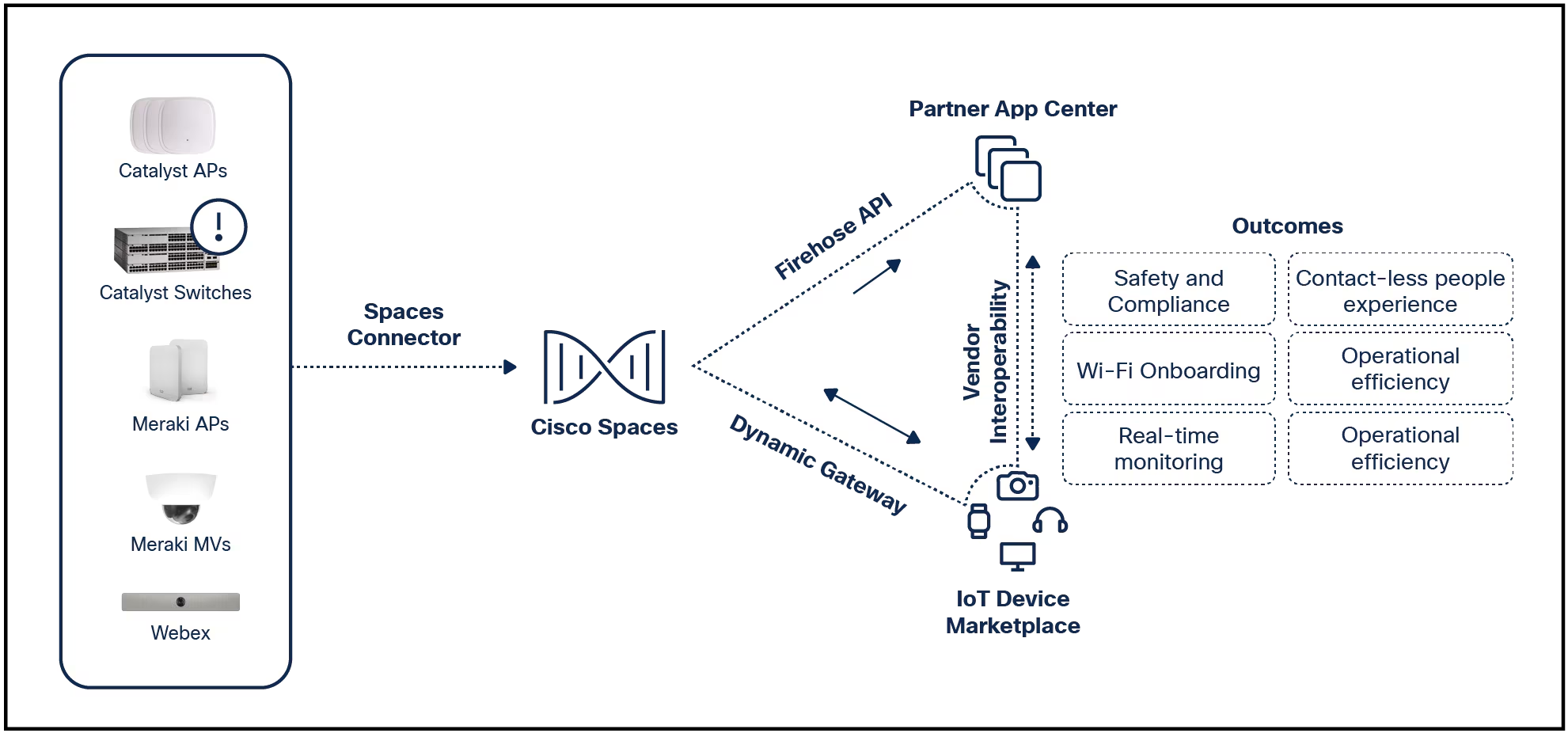

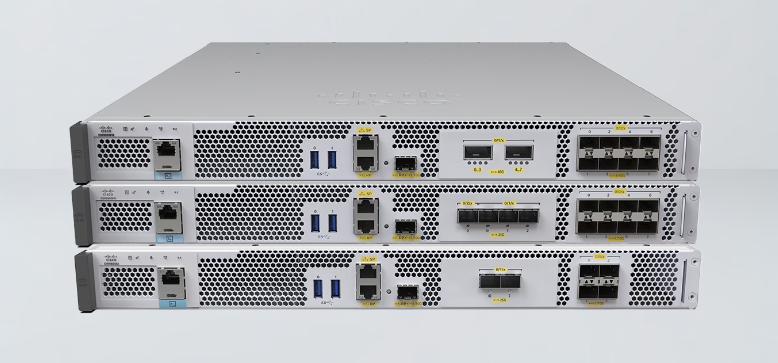




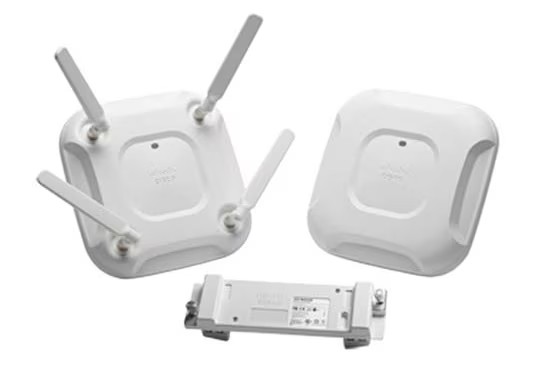


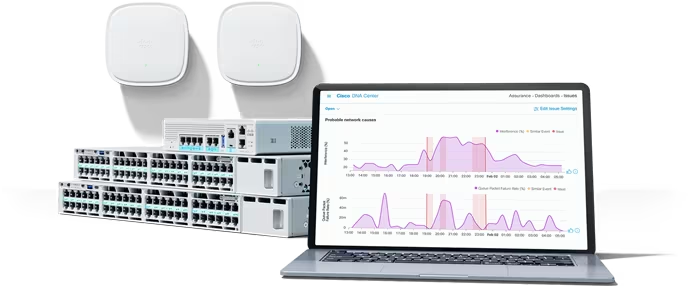





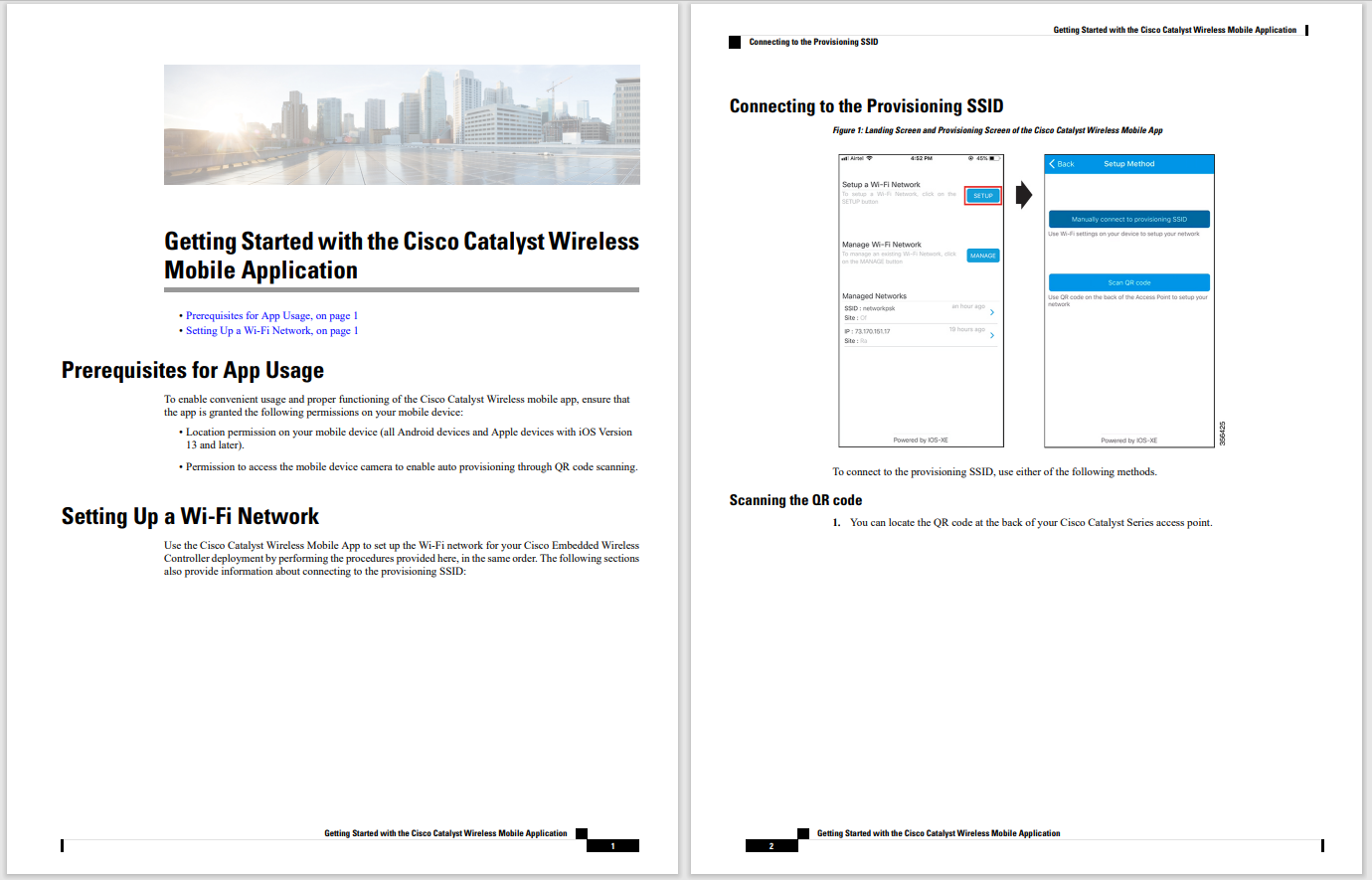



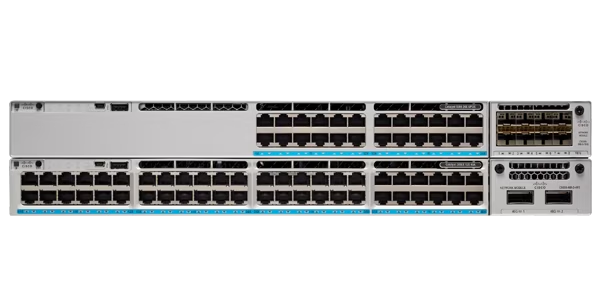


Holy moly! We got absolutelysmotheredby a virtual avalanche of sloshy Google goodness this week.
The company's annual I/O event was exceptionally overflowing with huge news on Wednesday - ranging from a slew of incoming Android features around Android 14 to all the artificial intelligence insanity and, of course, thetrio(yes, trio!) of shiny new Pixel products.
But hold the phone, you giddy, giggly gibbon: There's one incredibly important announcement that's getting buried amidst all the more eye-catching info and going almost completely unnoticed.
While the folding Pixel Fold and the category-defying Pixel Tablet may seem like the most monumental launches and the affordable Pixel 7a might appear to take the title of most wide-reaching new Googley gizmo, the I/O-associated device that's poised to play the most shape-shifting role over the coming months is none other than - wait for it... -lastyear's Pixel 6a.
Yep. You read that right. Let me explain.
[Psst: Got a Pixel? Any Pixel?Check out my free Pixel Academy e-courseand uncover all sorts of advanced intelligence lurking within your phone!]
First, let's start with the Pixel 7a - 'cause that device really sets the stage for what we're about to go over.
Plain and simple, the Pixel 7a is one hell of a phone. I've been using it for the past week, courtesy of a loaner review unit from Google, and lemme tell ya: It is aseriouslynice device.
Google's new Pixel 7a phone
More than anything, the Pixel 7a looks and feels like a high-end phone. Continuing a trend we've been seeing take shape for a few years now, Google's midrange Pixel model is truly blurring the lines between what a top-tier flagship-caliber phone and a more affordable middle-of-the-road option represent.
All surface-level niceties aside - and again, I really can't emphasize enough how premium this phone comes across - the Pixel 7a includes a handful of features that are typically reserved only for top-of-the-line products. It has a high screen refresh rate (which, in layman's terms, means scrolling seems smoother) along with support for the biometric Face Unlock standard and even wireless charging. It boasts an upgraded camera system, too, with a level of imaging hardware never before seen in the midrange realm.
For$499 (in the US), it's one hell of a steal and easily the best all-around Android experience now available in that price range. It's essentially just aslightlyless fancy flagship-caliber phone, at a fraction of the usual cost.
So what's that have to do with last year's Pixel 6a, you might be wondering? Well, I'll tell ya, you wiley wallaby: While the Pixel 7a is an incredible device and an almost insane amount of bang for the buck, it also isn't exactly alow-pricedphone option anymore.
At$499, this latest Pixel is 50 bucks more expensive than its predecessor, 2022's Pixel 6amodel. And looking back even further into Pixel history, it's$150more than the$349 Pixel 4a a few years back - a pretty hefty leap, to say the least.
Originally, I had hoped Google would manage to push the pricing of the Pixel "a" line back down into more firmly affordable terrain - or, if that weren't a realistic option, launch a lower-end Pixel "b" device that'd fill that void and provide the Pixel's unmatched overall user experience and post-sales software support promise to even more people.
But Google, it seems, has an arguably even smarter plan to accomplish that same goal. And that's where last year's Pixel 6a comes into play.
So here it is: As part of this week's Pixel 7a launch, Google has quietly confirmed it'llcontinueto sell the Pixel 6a phone - now at a lowered$349 price.
And you'd better believe that really, truly matters.
For context, consider a few fun facts:
This is an increasingly pressing problem for Android and for Google in particular. Per one of those market trend analyses - with the emphasis being mine:
For the quarter ended in June 2022, Counterpoint Research said that Apple's share of cellphones in use in the US crossed the 50% mark for the first time. And as of December, iPhones accounted for 52.5% of the smartphones in use in the US, says Hanish Bhatia, an analyst at Counterpoint.He expects that share to continue to keep creeping up until something changes that allows Android smartphone makers to contain the slow erosion of their user base.
Yikes. No bueno, right?
To further that point, a consistent reality that's all too easy to overlook is that the most popular, best-selling Android devices are rarely the most exciting phones or the ones that command the majority of our collective attention.
Android's most popular phones give the platform an awful reputation
To wit: In its latest list of the top-selling smartphones around the world, the delightful data dweebs at Counterpoint Research found just two Android phones with sales strong enough to earn a spot in the top 10. They weren't the high-end Pixels we Android nerds love to drool over or even the top-tier Galaxy devices that inspire all sorts of gawking in carrier stores.
Nope - they were the Samsung Galaxy A13 and the Samsung Galaxy A03. The former is listed at$160 on Samsung's website and sells for under$100 from carriers while the latter is going for about 135 bucks.
Both are embarrassingly bad phones - just a godawful experience to use and the types of devices that, frankly, give Android the awful reputation it's rightfully earned among folks who have only seen that side of the ecosystem.
And yet, those crappy ol' clunkers are outselling every other Android device right now. See where we're going with this?
By keeping its previous-generation Pixel 6a around and selling it for a cheaper price instead of just tossing it aside, as Google usually does when a new model comes along, Googlemightjust be able to stop the bleeding and convince people looking for a budget-level phone to go that route instead of slinking over to the dark side. The company still has its work cut out for it on the marketing and messaging front, to be sure, and$349 still ain't$160 - but it's a start. And it's a step in the right direction.
Ultimately, I suspect an even more affordable Pixel "b" line phone is inevitable at some point, if Google really wants to claim a significant piece of the Android pie and convince the budget-seeking public to stay in its corner.
But positioning the Pixel 7a as a high-end experience for a midrange price and then framing the Pixel6a as the more affordable alternative is an interesting move - and one that could absolutely have more wide-reaching impact than any of Google's far more attention-grabbing I/O announcements.
Don't let yourself miss an ounce of Pixel magic.Sign up for my free Pixel Academy e-courseand discover tons of hidden features and time-saving tricks for your favorite Googley gadget.
 Hot Tags :
Smartphones
Apple
Operating Systems
iPhone
Google
Android
Hot Tags :
Smartphones
Apple
Operating Systems
iPhone
Google
Android